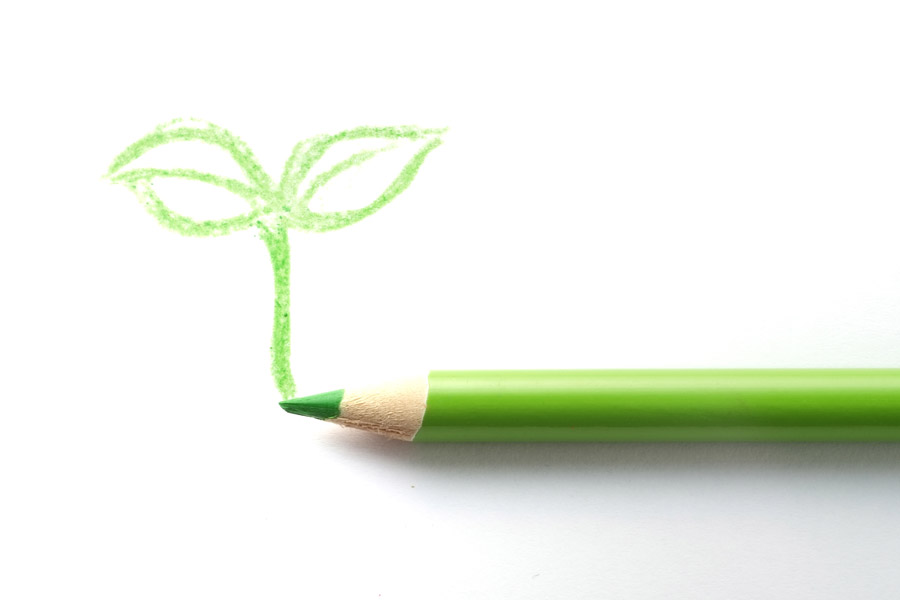概要
Next.jsとStripeでECサイトを作ります。
今回の内容はMaterial UIのインストールとヘッダーコンポーネントの作成です。
背景
以下の記事の続きです。
やりかた
APIから値を拾ってこれるようになったので、表示する画面を作っていきます。
ヘッダー、バナー、商品一覧、フッターを上から並べるシンプルな構成にします。(つーか これが限界)

Material UIのインストール
まずは事前準備です。
これから作るページの見た目を良い感じにするためにMaterial UIを使います。
次のコマンドを実行してMaterial UIをインストールします。
yarn add @mui/material @emotion/react @emotion/styled @mui/icons-material @mui/material-nextjs @emotion/cache次にapp直下のlayout.tsxを編集します。
- app/
- page.tsx
- layout.tsx
import type { Metadata } from "next";
import { Inter } from "next/font/google";
import "./globals.css";
import { AppRouterCacheProvider } from '@mui/material-nextjs/v13-appRouter';
const inter = Inter({ subsets: ["latin"] });
export const metadata: Metadata = {
title: "Create Next App",
description: "Generated by create next app",
};
const RootLayout = ({ children,}: Readonly<{children: React.ReactNode;}>) => {
return (
<html lang="en">
<body className={inter.className}>
<AppRouterCacheProvider>
{children}
</AppRouterCacheProvider>
</body>
</html>
);
}
export default RootLayout;トップページの作成
トップページの大枠部分を作ります。
yarn create next-appによってapp直下にpage.tsxが作成されています。
- app/
- page.tsx
- layout.tsx
トップページはこのpage.tsxが表示されているので、次のように編集します。
const Home = () => {
return (
<main>
<h1>Hello world</h1>
</main>
);
}
export default Home;npm run devして、localhost:3000で次のようになっていれば成功です。

コンポーネントディレクトリの作成
トップページの大枠が出来たので、ここにヘッダーやフッターのコンポーネントを作ってあてはめています。
まずはコンポーネント用のファイルを格納するためのディレクトリを作ります。
app直下に _components ディレクトリを作成します。
- app/
- _components/
- page.tsx
- layout.tsx
ページの部品として使うコンポーネントはこのディレクトリに格納していきます。
ヘッダーの作成
_components配下にHeader.tsxを作ります。
- app/
- _components/
- Header.tsx
- page.tsx
- layout.tsx
- _components/
中身は次のようにします。
import Toolbar from '@mui/material/Toolbar';
import AppBar from '@mui/material/AppBar';
import Box from '@mui/material/Box';
import Typography from '@mui/material/Typography';
import Image from 'next/image';
const Header = () => (
<Box sx={{ flexGrow: 1 }}>
<AppBar position="static">
<Toolbar>
<Image src="/kandume_kuuki_close.png" alt="Logo" width={50} height={50} />
<Typography variant="h6">
くうきやさん
</Typography>
</Toolbar>
</AppBar>
</Box>
);
export default Header;ヘッダーバーの中に、ECサイトアイコンとする画像と”くうきやさん”というサイト名を入れただけのシンプルなものです。
この時、Imageのsrcはプロジェクトディレクトリのpublicがルートになります。
つまり、どこからかkandume_kuuki_close.pngを拾ってきて以下のディレクトリに格納します。
(いらすとやから拝借しました https://www.irasutoya.com/2020/08/blog-post_13.html)
- ec/
- .next/
- node_modules/
- public/
- kandume_kuuki_close.png
- src/
- app/
コンポーネントとしてのヘッダーが完成したので、トップページに差し込んでみましょう。
app直下のpage.tsxを編集します。
- app/
- _components/
- Header.tsx
- page.tsx
- layout.tsx
- _components/
ファイルの先頭で先程のHeader.tsxをインポートし、returnの中でタグとして挿入しました。
インポートは相対パスで指定します。また、拡張子(tsx)は不要です。
import Headers from "./_components/Header";
const Home = () => {
return (
<main>
<Headers />
<h1>Hello world</h1>
</main>
);
}
export default Home;npm run devして次のように表示されていれば成功です。

おまけ
参考
Material UIのインストール
https://mui.com/material-ui/getting-started/installation/
Material UIのNext.js用の設定
https://mui.com/material-ui/integrations/nextjs/


コメント